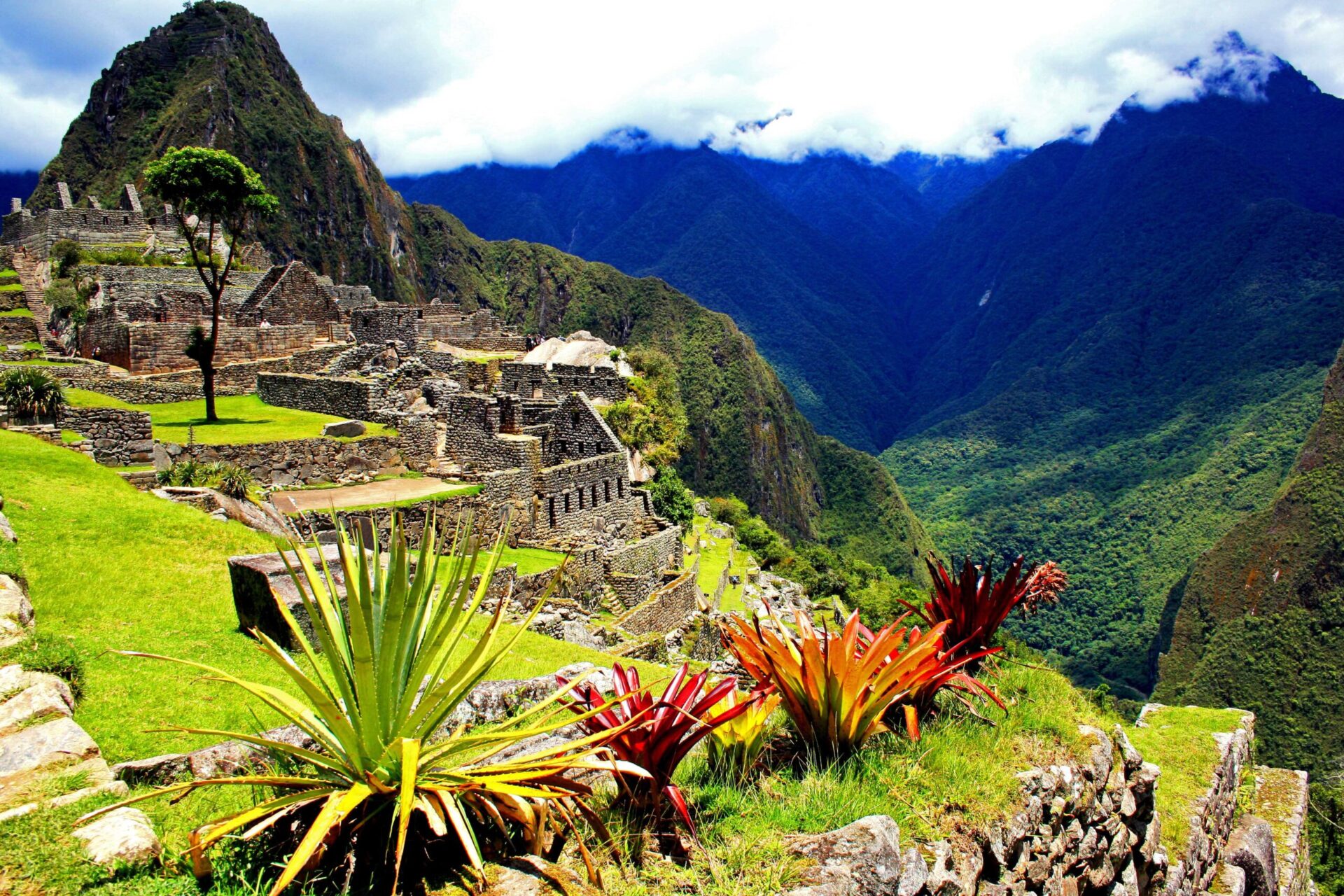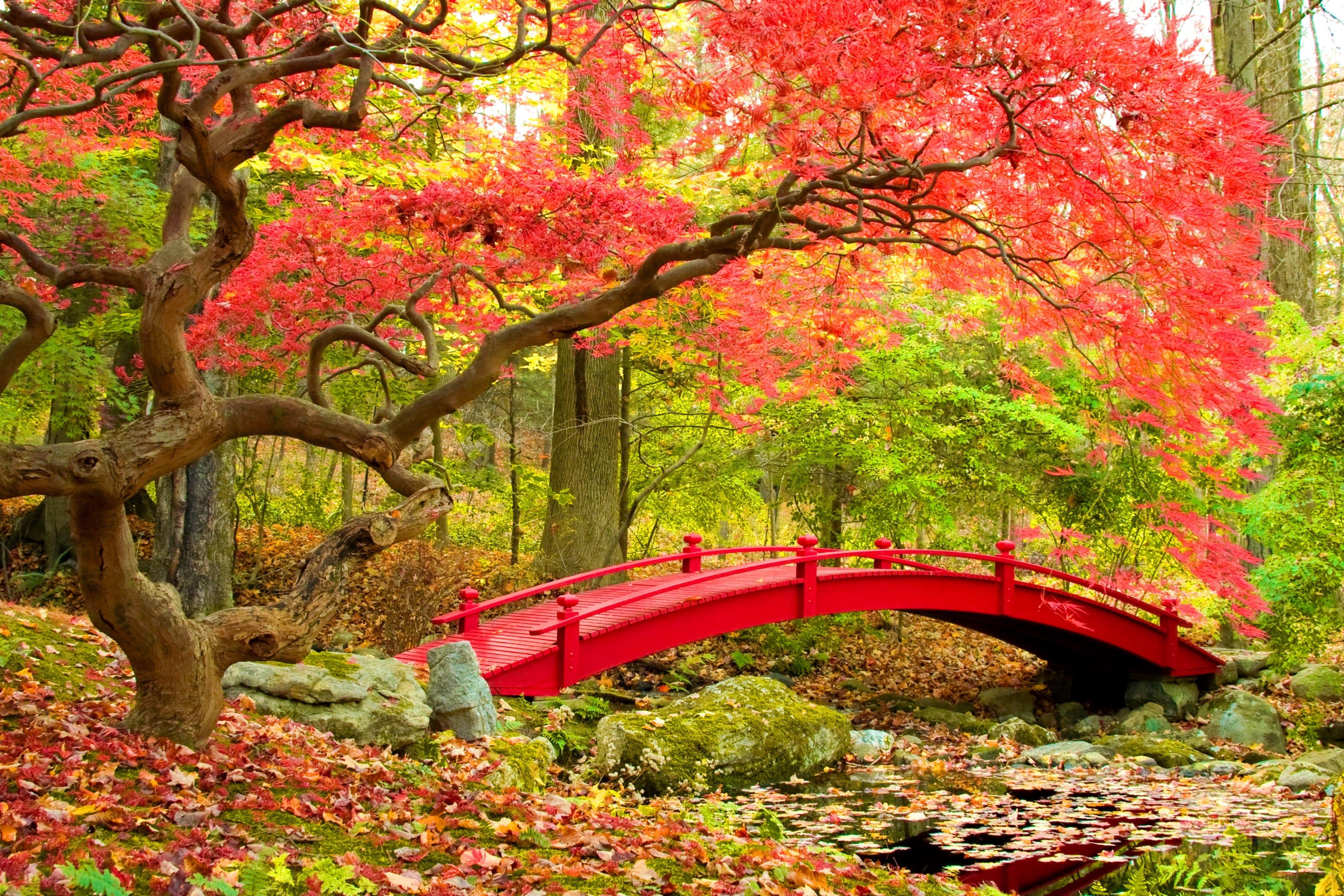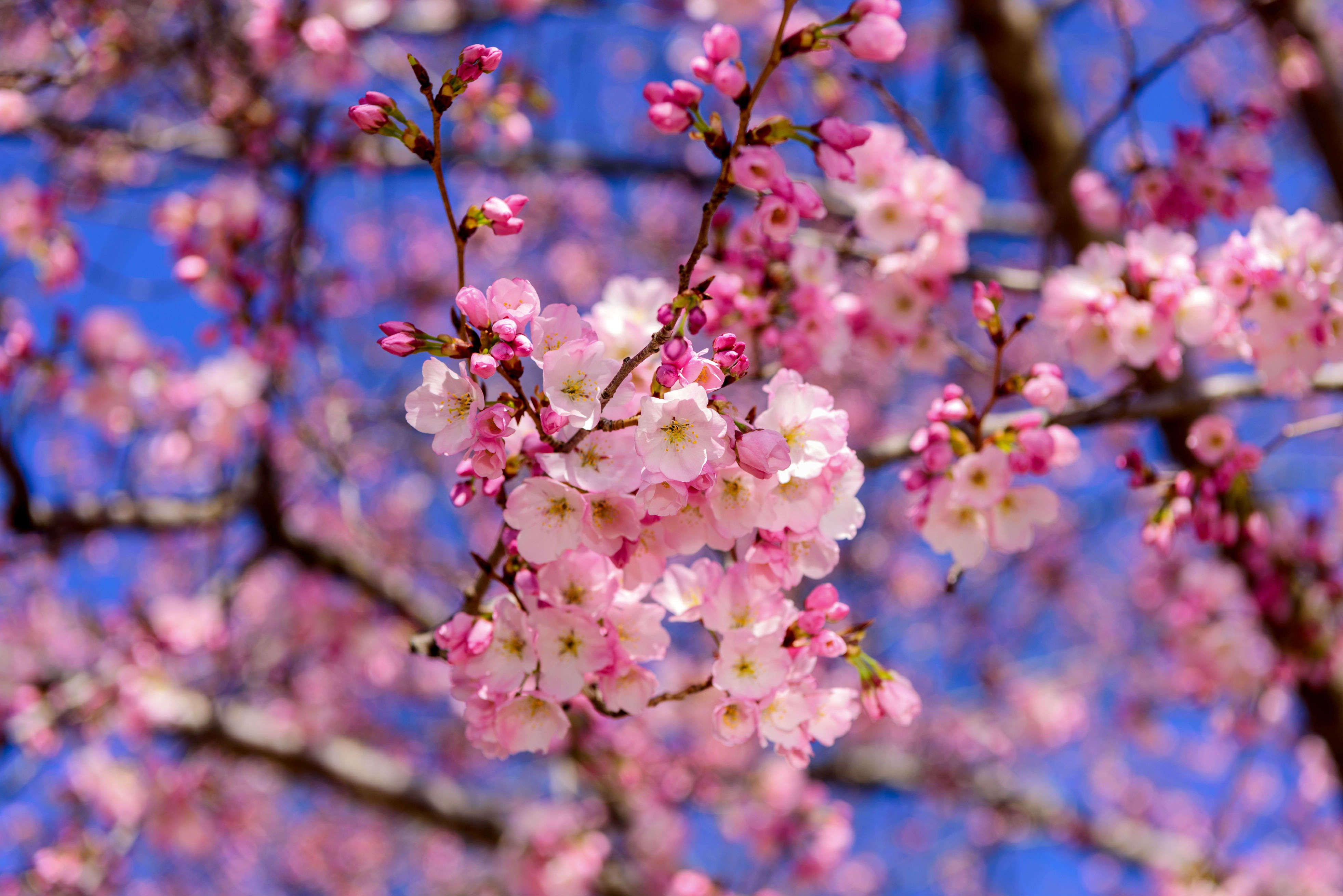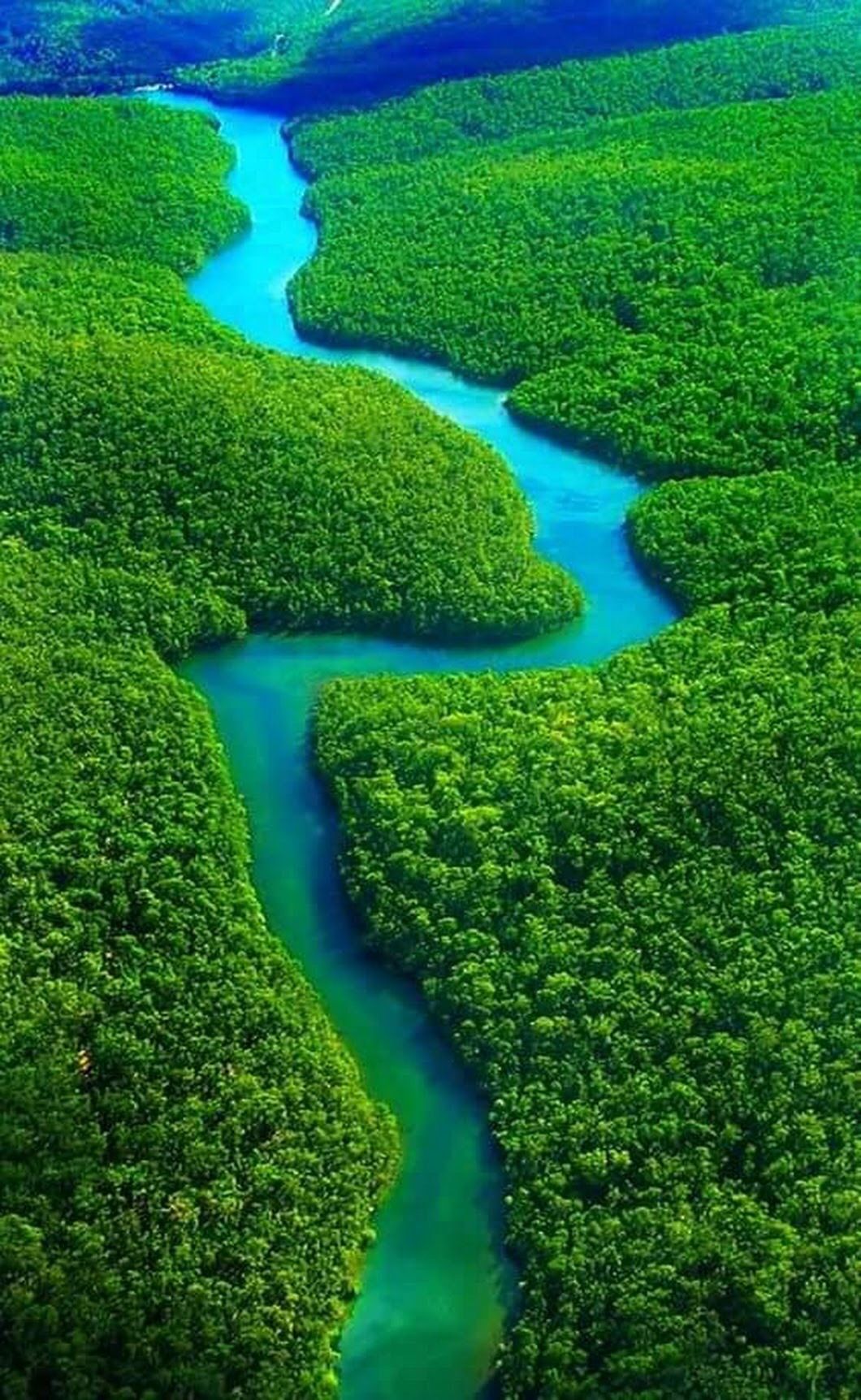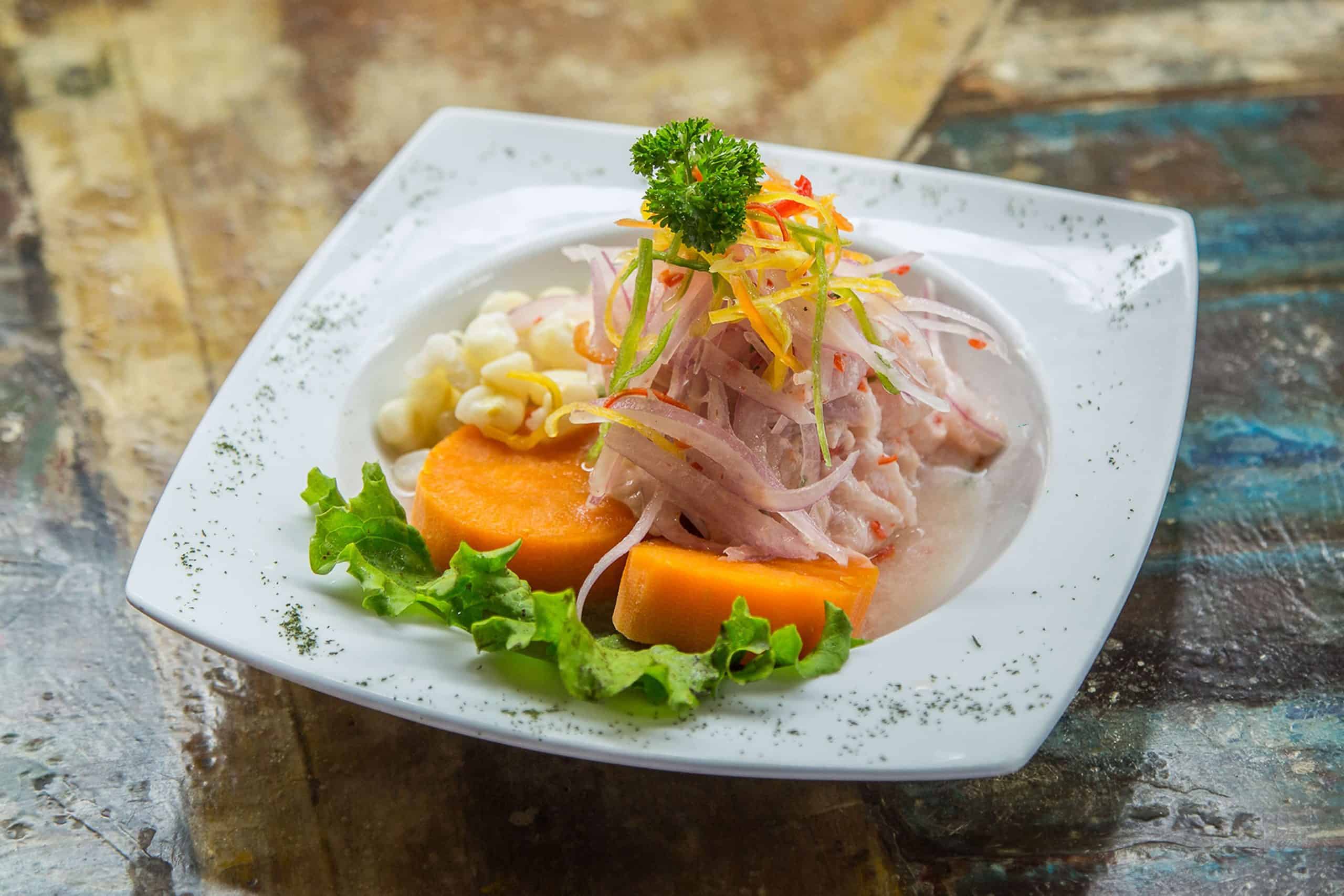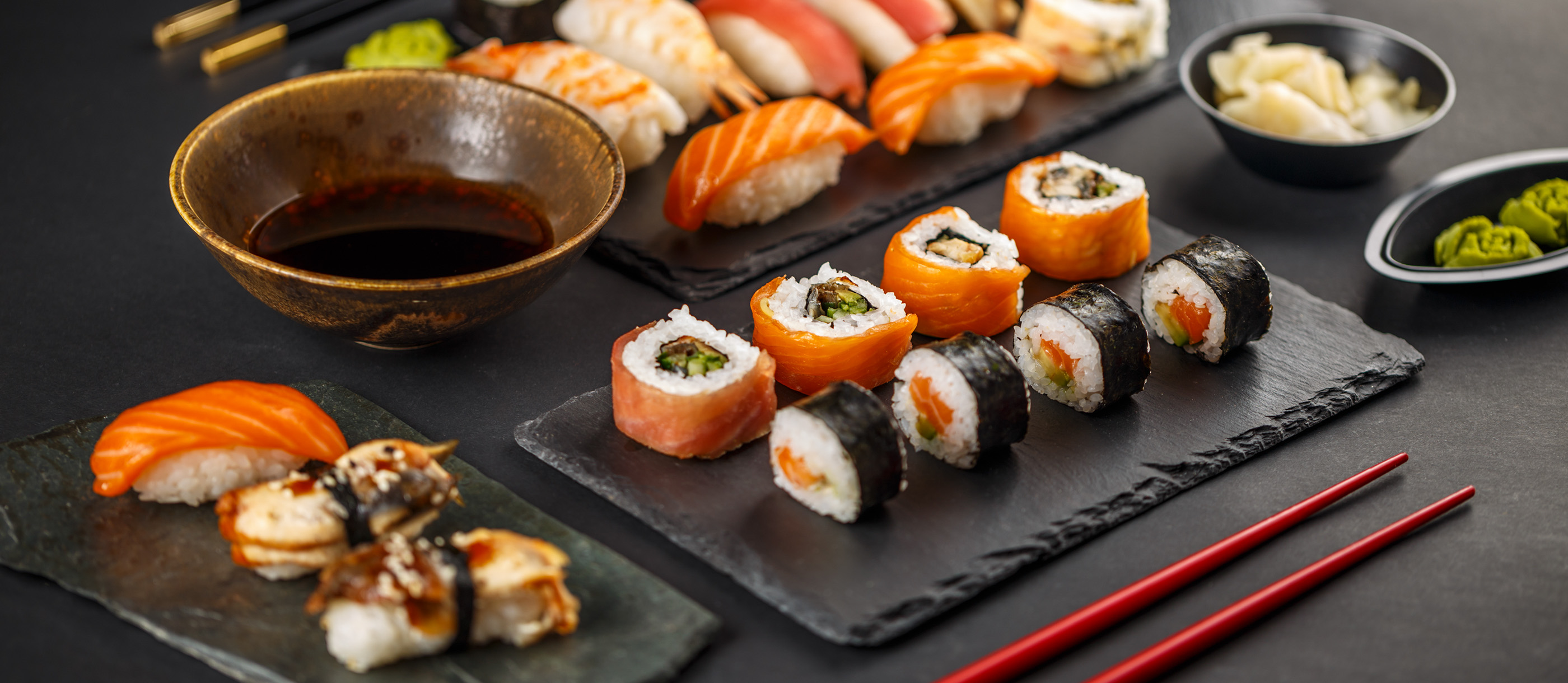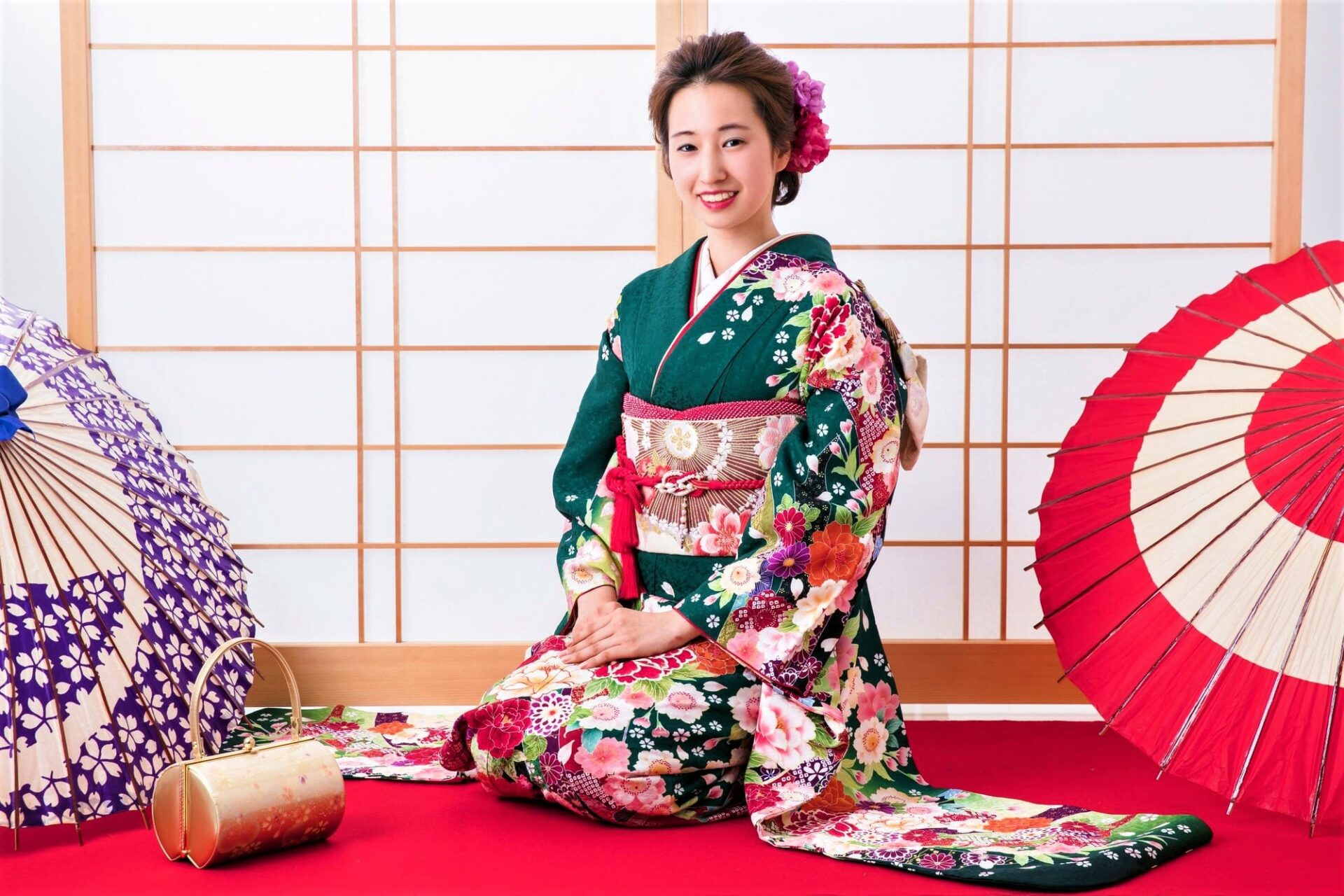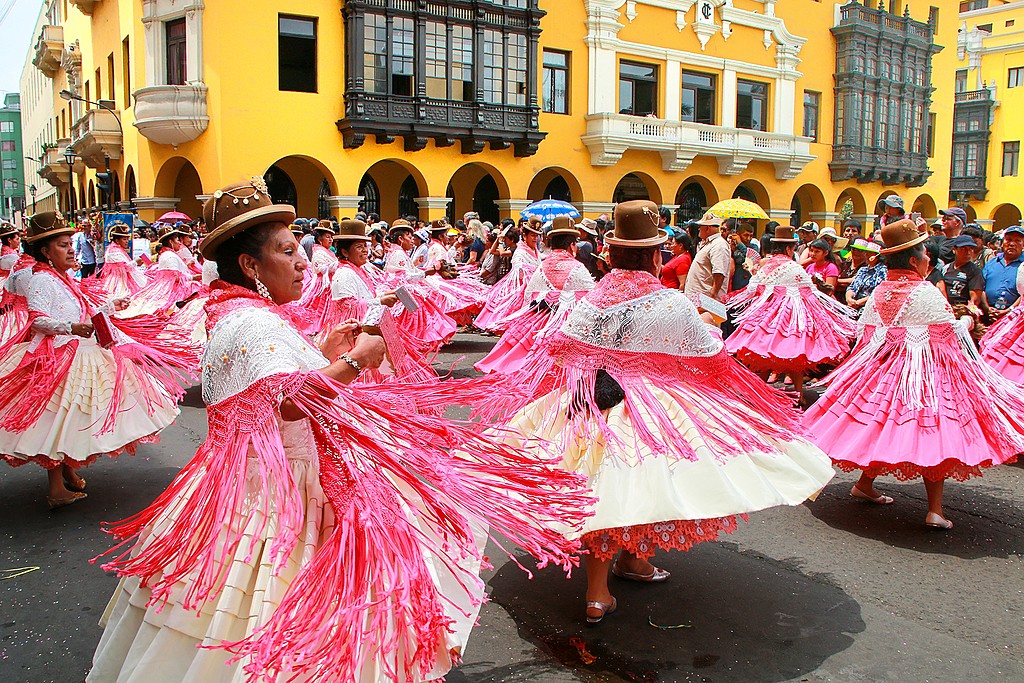In the quest to understand the unique distinctions between Japan vs Peru, we embark on a journey that explores the rich tapestry of these two culturally vibrant nations. Although separated by vast geographic distances, Japan and Peru each offer a wealth of historical backgrounds, distinct cultural traditions, and fascinating culinary delights. From the bustling tech hubs of Japan to the colorful festivals of Peru, contrasting economic landscapes, educational systems, and environmental priorities carve out distinctive identities. By delving deeper into these elements, we gain a comprehensive understanding of how these nations thrive and evolve in their respective realms.
Win a Free Trip to Japan!
Experience cherry blossoms and ancient temples
Environmental Priorities and Natural Wonders
When comparing Japan vs Peru in the realm of environmental priorities and natural wonders, distinct contrasts and similarities emerge. Both countries evidently value their unique ecosystems and natural landscapes, yet they approach environmental conservation in different manners.
Environmental Priorities
Japan:
- Prioritizes technological solutions to environmental problems.
- Leads in waste management and recycling initiatives.
- Focuses on disaster preparedness and mitigation, especially against earthquakes and tsunamis.
- Implements rigorous pollution control regulations for industries.
Peru:
- Focuses on preserving biodiversity, especially the Amazon Rainforest.
- Emphasizes indigenous knowledge and practices in conservation.
- Fights against deforestation and illegal mining activities.
- Faces challenges in waste management and pollution control.
Natural Wonders
Japan:
- Boasts remarkable landscapes such as Mount Fuji, a symbol of national pride.
- Offers hot springs (onsen), which promote ecological tourism.
- Features cherry blossoms (sakura), drawing tourists worldwide every spring.
- Hosts diverse marine life along its extensive coastline.
Peru:
- Home to the mighty Amazon Rainforest, a biodiversity hotspot.
- Offers the awe-inspiring Machu Picchu, a UNESCO World Heritage site.
- Displays dramatic natural features, such as the Andes Mountains and Lake Titicaca.
- Includes rich flora and fauna in regions like the Sacred Valley.
| Aspect | Japan | Peru |
|---|---|---|
| Disaster Preparedness | High | Moderate |
| Pollution Control | Advanced | Challenging |
| Biodiversity | Moderate | High |
| Ecotourism | Developed | Emerging |
Ultimately, Japan vs Peru presents a fascinating study in both environmental stewardship and natural beauty. While Japan excels in technological solutions and disaster mitigation, Peru stands out with its rich biodiversity and deep-rooted indigenous conservation practices. Both countries, through their unique approaches, demonstrate a commitment to preserving their natural wonders for future generations.
Frequently Asked Questions
What are the main cultural differences between Japan and Peru?
Japan and Peru have distinct cultural backgrounds shaped by their unique histories, geographies, and societies. Japanese culture emphasizes harmony, respect, and collective well-being, with traditions like tea ceremonies, sumo wrestling, and festivals like Hanami. Conversely, Peruvian culture is a rich tapestry influenced by its Indigenous, Spanish, and African heritage. Key elements include vibrant festivals like Inti Raymi, traditional dances like the Marinera, and a profound connection to the Andes and Amazon.
How do the cuisines of Japan and Peru differ?
Japanese cuisine is renowned for its use of fresh ingredients, minimalistic presentation, and emphasis on umami flavors. Staples include sushi, sashimi, ramen, and tempura. In contrast, Peru is famed for its diverse and flavorful dishes influenced by its multicultural heritage. Dishes such as ceviche, lomo saltado, and the use of indigenous ingredients like quinoa and potatoes highlight its gastronomic variety.
What can you tell me about the traditional attire in Japan and Peru?
In Japan, traditional attire includes the kimono, an elegant garment worn on special occasions, and the yukata, a casual summer garment. These clothes feature intricate designs and are often made from silk. In Peru, traditional clothing varies by region but commonly includes the pollera, a colorful skirt worn by women, and the poncho for men. Alpaca wool is frequently used due to its warmth and durability, especially in Andean regions.
How do the economic landscapes of Japan and Peru compare?
Japan boasts one of the world’s largest and most technologically advanced economies, heavily reliant on manufacturing, export of electronics, automobiles, and robotics. In stark contrast, Peru’s economy is driven by mining (particularly gold and copper), agriculture, and a growing tourism sector focused on its historical sites and natural landscapes. While Japan is an industrial powerhouse, Peru relies more on its rich natural resources and cultural heritage.
What are the primary languages spoken in Japan and Peru, and how do they impact communication?
In Japan, the primary language spoken is Japanese, with several dialects varying by region. Literacy rates are high, and there is strong emphasis on mastering both spoken and written forms, including kanji, hiragana, and katakana scripts. In Peru, Spanish is the predominant language, but Quechua and other Indigenous languages are also widely spoken, particularly in rural areas. This linguistic diversity reflects Peru’s multicultural society and can sometimes pose challenges for interregional communication.
